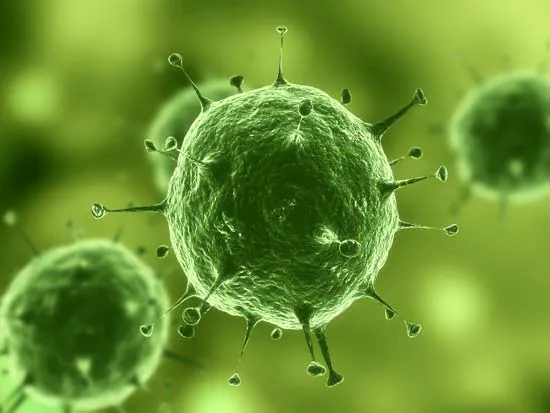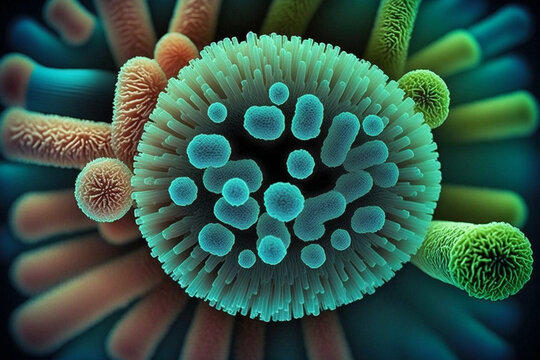In the dynamic landscape of modern medicine, where breakthroughs and innovations are constant, one area that has been gaining prominence is the role of actinomycetes. These fascinating microorganisms are proving to be transformative agents in the field of medicine, offering new avenues for drug discovery, disease treatment, and even environmental sustainability.
Read more about Types of Medicine
Contents
Understanding Actinomycetes
A Microscopic Marvel
Actinomycetes, often considered a unique class of bacteria, are microscopic wonders with a significant impact on various industries. Their distinct filamentous structure sets them apart, and they thrive in diverse environments, from soil to aquatic ecosystems.
Biodiversity and Discovery
Diving into the world of actinomycetes reveals an astounding biodiversity. These microorganisms have been discovered in nearly every corner of the globe, showcasing their resilience and adaptability. The richness of their genetic makeup presents a vast resource for researchers seeking novel compounds for medical applications.

The Medicinal Marvel of Actinomycetes
Antibiotic Pioneers
One of the most notable contributions of actinomycetes to medicine is their role in antibiotic production. Streptomycin, the first antibiotic effective against tuberculosis, was derived from these microorganisms. This discovery marked a turning point in medical history, saving countless lives and paving the way for the antibiotic era.
Anticancer Compounds
Beyond antibiotics, actinomycetes are proving invaluable in the fight against cancer. The isolation of compounds with potent anticancer properties from these microorganisms has opened new possibilities for developing targeted therapies and improving the efficacy of existing treatments.
Challenges and Future Prospects
Despite their immense potential, the exploration of actinomycetes for new drug discovery faces challenges. The cultivation of these bacteria and the extraction of bioactive compounds can be complex and resource-intensive. Additionally, the rise of antibiotic resistance necessitates the continuous search for novel antibiotics and alternative therapies.
Advancements in genomics and biotechnology hold promise for overcoming these challenges. Techniques such as genome mining and genetic engineering are being employed to unlock the full potential of actinomycetes. By understanding the genetic basis of secondary metabolite production, researchers can enhance the yield and diversity of bioactive compounds, leading to the discovery of new drugs.
Actinomycetes and Drug Discovery
Natural Products as Pharmaceuticals
The unique biochemical pathways of actinomycetes result in the production of a vast array of secondary metabolites. Many of these compounds exhibit pharmaceutical potential, serving as the foundation for numerous drugs. Tetracycline, erythromycin, and vancomycin are just a few examples of medications derived from these microbial marvels.
Bioprospecting for the Future
As technology advances, bioprospecting for novel compounds from actinomycetes has become a focal point in drug discovery. The exploration of uncharted microbial territories holds the promise of uncovering unprecedented therapeutic agents, addressing emerging health challenges and combating antibiotic resistance.
Environmental Impact and Sustainability
Bioremediation and Actinomycetes
Actinomycetes play a crucial role in environmental sustainability through their involvement in bioremediation. These microorganisms excel in breaking down complex organic compounds, contributing to soil health and mitigating pollution. Harnessing their natural abilities presents opportunities for eco-friendly solutions to environmental challenges.
Actinomycetes in Agriculture
In agriculture, actinomycetes contribute to plant growth promotion and disease suppression. Their symbiotic relationships with plants enhance nutrient uptake, leading to improved crop yields. This agricultural benefit underscores the diverse applications of actinomycetes beyond the realm of medicine.

Challenges and Future Prospects
Overcoming Challenges in Cultivation
Despite their immense potential, cultivating actinomycetes for industrial applications poses challenges. Optimization of cultivation conditions, genetic engineering, and innovative techniques are essential to overcome these hurdles and unlock the full therapeutic and economic potential of these microorganisms.
Collaborative Research for Global Impact
The future of actinomycetes in medicine hinges on collaborative research efforts. Scientists, pharmaceutical companies, and environmental organizations must join forces to harness the full spectrum of possibilities these microorganisms offer. International collaboration is key to addressing global health challenges and advancing sustainable practices.
Conclusion
The impact of actinomycetes on medicine is profound and multifaceted. From pioneering antibiotics to offering solutions for environmental challenges, these microorganisms are at the forefront of scientific exploration. As we delve deeper into their genetic diversity and biochemical potential, the possibilities for improving human health and the environment are boundless. Embracing the power of actinomycetes is not just a scientific endeavor but a pathway to a healthier and more sustainable future.



